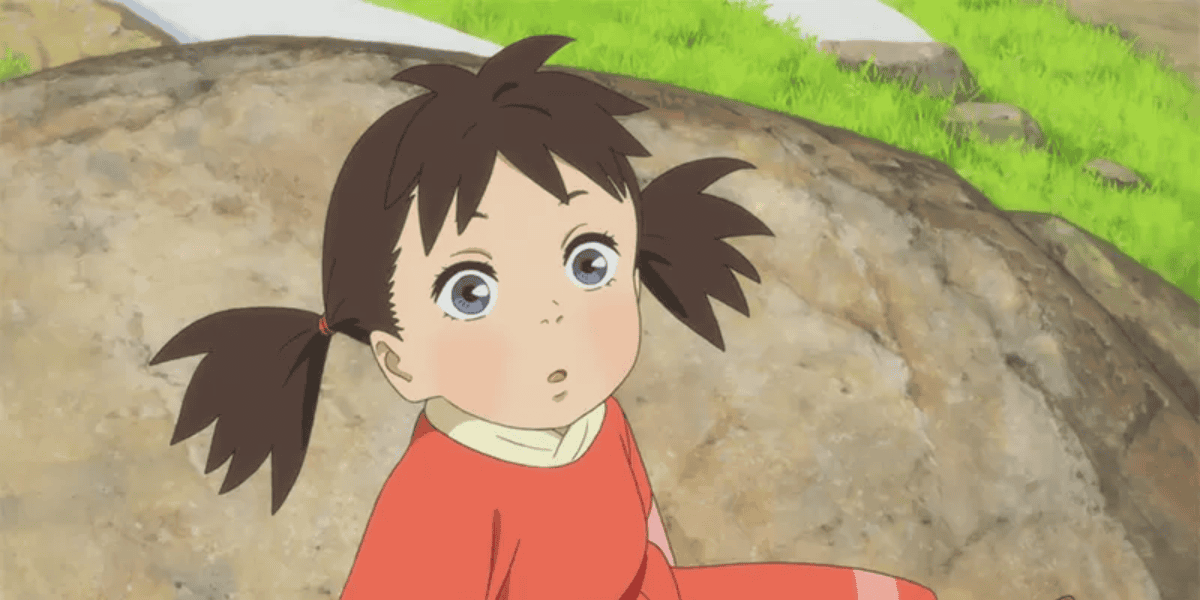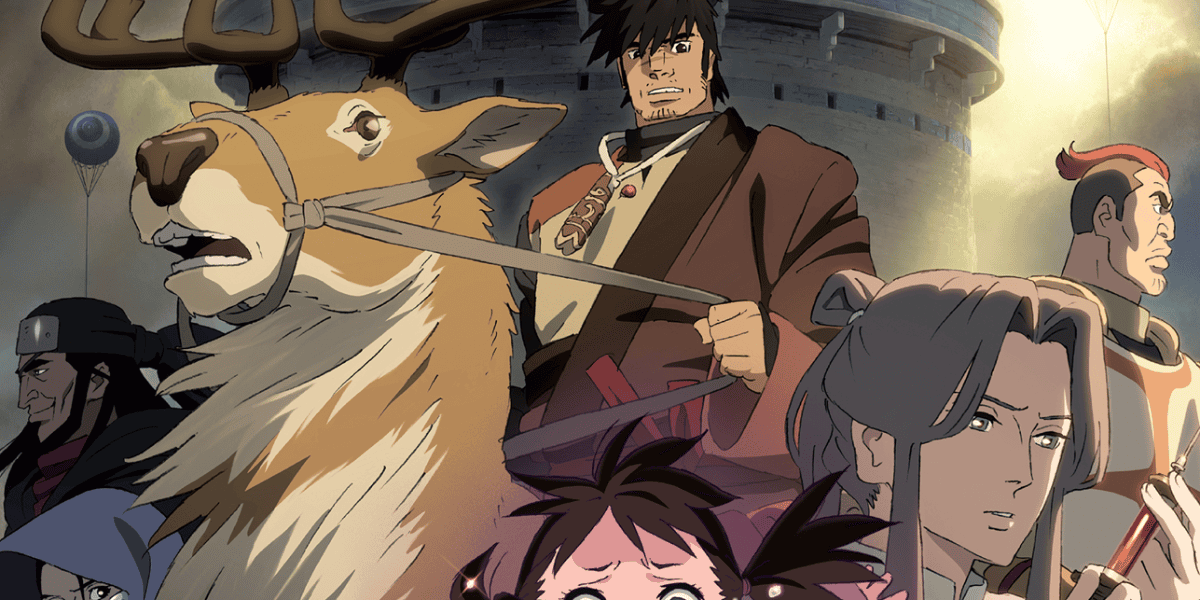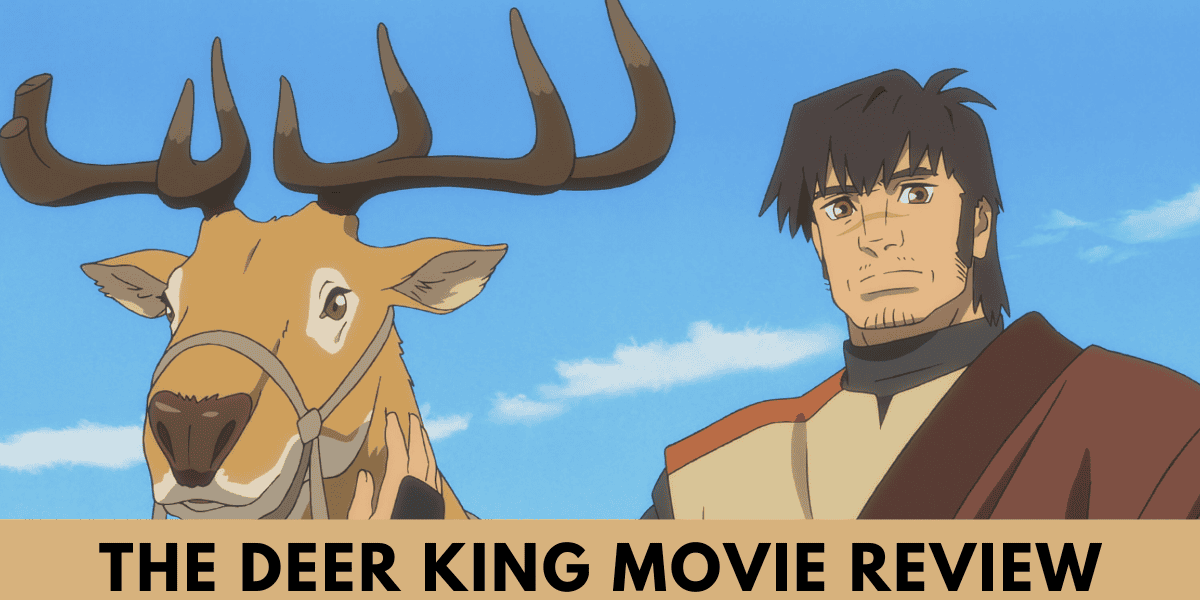It is not surprising that “The Deer King,” which is currently playing in theatres after having a successful worldwide run in Japan and several parts of Europe, is evocative of some of the best work that Studio Ghibli has produced. After all, one of the filmmakers, Masashi Ando, worked in the animation department at that studio on classics such as “Princess Mononoke” and “When Marnie Was There,” while the other director was listed as an assistant director on “Spirited Away.”
They gained some knowledge about creating breathtaking pictures that combine elements of fantasy tales with representations of the natural world. To tell the truth, they ought to have. Because they neglected to remember the magic.
The plot in “The Deer King” is where they fall short; it is almost as if they are ripping off a playbook they created at Ghibli, but without the same heart behind the obviously superb technique. The animation studio that so obviously influenced “The Deer King” is virtually never criticised for being repetitive, predictable, or just plain boring; nonetheless, all three of these qualities may be claimed of “The Deer King.” The film also features a beautiful score.

Since “The Deer King” is based on a fantasy novel series written by Nahoko Uehashi and first released in 2014, any elements that appear to have connections to the COVID-19 pandemic are merely “good luck.” After all, this is a novel about a virus that ravages the world but spares some people’s lives while taking the lives of others, and about the conflict that breaks out as the planet begins to die. How appropriate.
The story revolves around two complete strangers who are forced to work together due to an improbable circumstance. An Aquafa man is working in a salt mine when they are attacked by wild dogs that carry something called the Black Wolf Fever, a fatal disease. This occurred years after a war that allowed the Empire of Zol to take control of the Aquafa people and turn them into slaves.
The plot of “The Deer King” begins with an Aquafa man working in a salt mine when they are attacked by wild dogs that carry the disease. Van (Tsutsumi Shin’ichi), a former soldier who was sold into slavery, manages to survive the assault and escapes with another survivor, a young woman named Yuna (Kimura Hisui).
They are highly sought after as potential escapees due to the fact that their very survival makes them desirable, as it is possible that they hold the key to halting the progression of a Black Wolf Fever outbreak.
Read More: Khloe Kardashian Then And Now: Behold The Dramatic Shifts in Her Face Over Time!
Read More: Rebel Wilson Transformation: How Rebel Wilson Lost a Significant Amount of Weight?
This seems to be one of those projects that just feels like it should be shorter or longer than it actually is. Either the writers required more space to tell this story, which is likely to have richer mythology in the novels, or they needed less duration in order to tighten up some of the overly dramatic and focus on certain aspects of the story.
The introduction of “The Deer King” is a lengthy scribble about political infighting, and the story takes far too little time to create either the setting it takes place in or the characters that inhabit it. “The Deer King” is continually justifying itself and its self-importance. There are some spectacular visual flights of fancy, but Ghibli’s strength is in the way that it can link its fantasy visuals to its tale, and in this case, the two elements fail to cohere into one cohesive vision.
Even as I admired some of the more beautiful images in “The Deer King,” I felt further and further detached from a story that sets itself up as something robust only to really be a pretty straightforward hero journey for a fallen soldier and an orphaned girl. Even as I admired some of the more beautiful images in “The Deer King,” I felt further and further detached from a story that sets itself up as something robust only to really be a pretty straightforward.

Anyone who has watched “Princess Mononoke” would find themselves wondering if the two are related simply because they are so visually and conceptually similar. Of course, it is unreasonable to compare a new animated Japanese drama to Studio Ghibli, even with the connection of the directors.
The unpleasant reality is that “Princess Mononoke” establishes a world with three dimensions in a matter of minutes, but this one takes almost two hours and does not even begin to scratch the surface. And despite the fact that I thought the latter act of this film contained some beautiful compositions, I have no idea how to even begin to explain what this story is trying to say. To put it kindly, some of the politics in this movie are a little bit confusing.
This kind of Ghibli Lite fantasy picture will be enough for some people to tide them over while the rest of us wait for something better, and I respect GKIDS (the studio that is responsible for the distribution of this film) and everything that they stand for, and I get that. However, things would go more smoothly for them if they were to simply rewatch “Princess Mononoke.”
Read More: Blackout Movie Netflix: Release Date, Cast, Story And Many More!
Read more: CJ Net Worth: Who Is CJ And What Is His Net Worth in 2022?



Comments are closed.